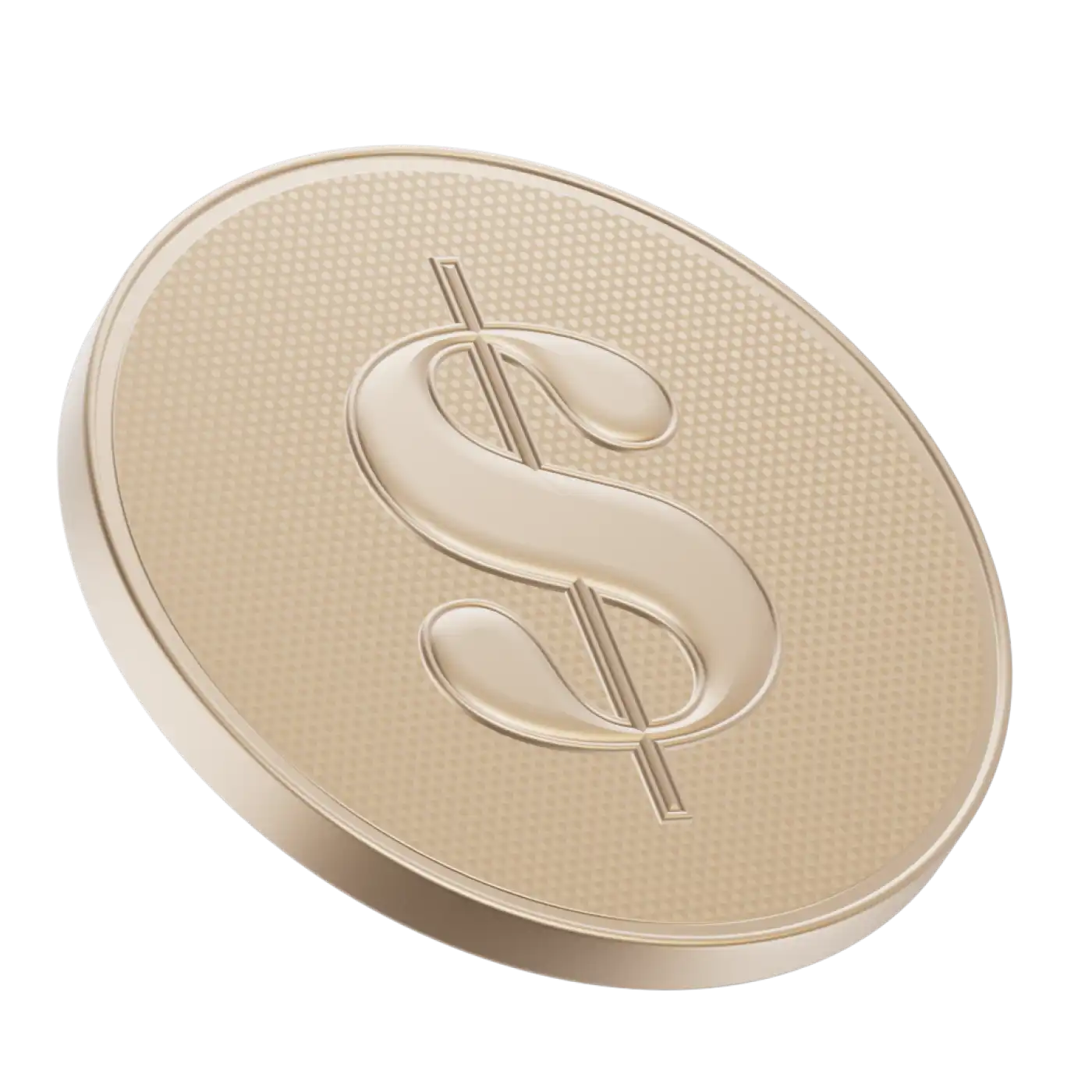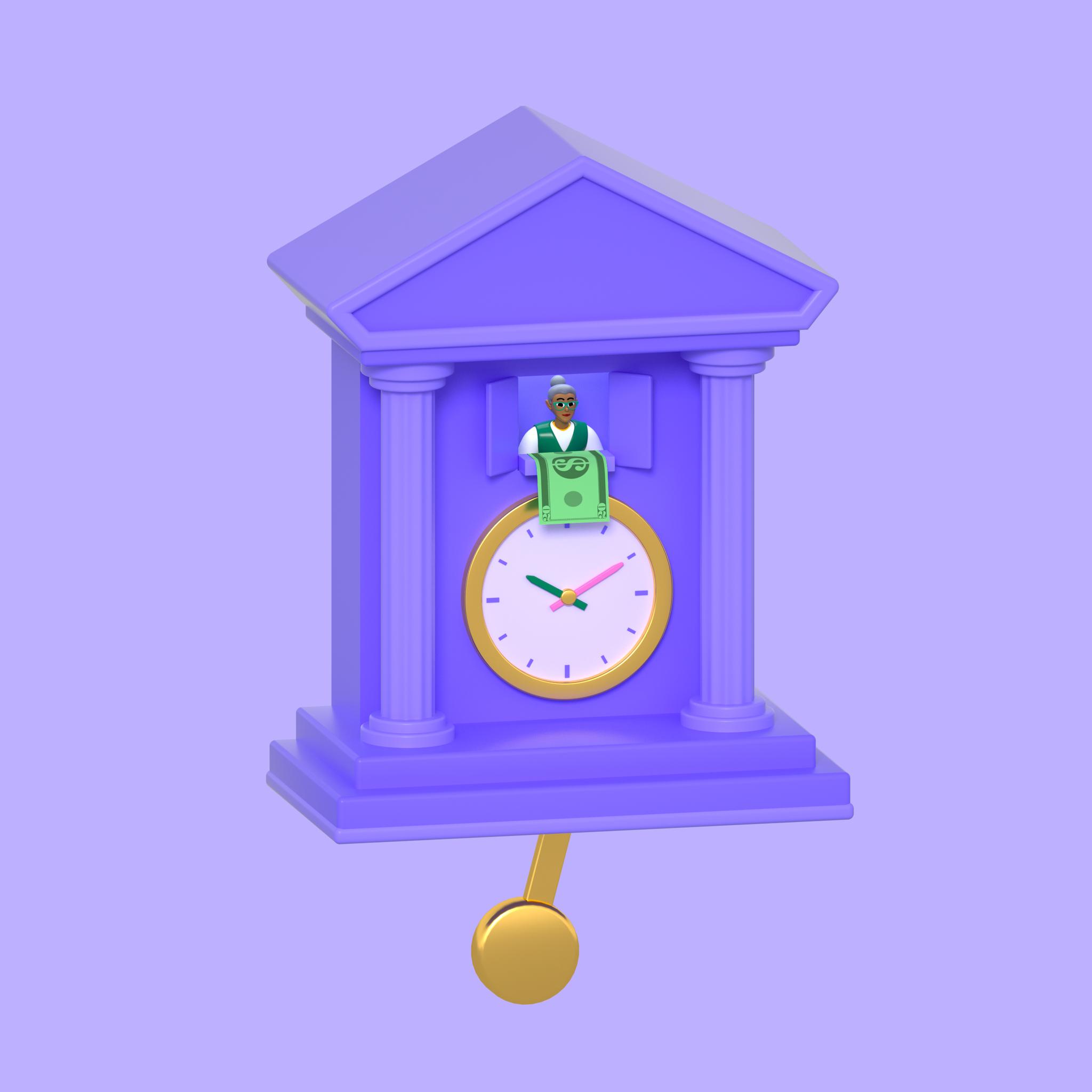Old Age Security, or OAS, is a taxable government pension you may receive in retirement. Benefits typically start at age 65 and continue until death. Like many other government benefits, such as the Canada Child Benefit, the amount you receive is dependent upon your income. Generally, the more you make, the less you receive. And if you make more than a certain amount, you stop getting the benefit altogether. That’s because benefits like these are meant only for those who truly need them.
At the time of the writing of this article, the OAS provides a maximum of $740.09 monthly for those 65-74 or $814.10 monthly for those 75 and over. The amount of OAS a person can receive varies widely based on your age, your income, and how many years since age 18 you’ve lived in Canada. Additionally, the CRA adjusts OAS payment amounts quarterly to accurately reflect the current cost of living. In light of all these factors, it’s best to use the CRA’s OAS Benefits calculator to get an idea of how much you can expect to receive.
Low-income seniors may also be eligible for additional funds through the Guaranteed Income Supplement. In contrast, high-income seniors may see less OAS, or may not receive OAS at all.
What is OAS clawback?
The government starts reducing your OAS amount once you make over a given net world income threshold. For OAS payments received from July 2025 to June 2026, the threshold is $90,997. If your 2024 net world income is over the threshold, the reduction is triggered. For payments in July 2026 to June 2027 the threshold will be $93,454 (and your 2025 net world income will be used) — note that this figure changes annually according to inflation. This reduction is commonly referred to as a “clawback,” but is formally known as a “recovery tax”.
Your current net world income determines if you will pay the recovery tax. If so, it will be deducted in the following year from your monthly OAS cheques.
Determining if you need to pay the recovery tax
For every taxable dollar you make over $90,997, your pension will be reduced by 15 cents. Those aged 65 to 74, who make over $148,451, and those 75 or over, who make more than $154,196, are not entitled to this pension at all.
Most gifts, inheritances, life insurance policy payouts, and Tax-Free Savings Account (TFSA) withdrawals do not get added to your income and will not affect your OAS. On the other hand, salaries, dividends, capital gains and Registered Retirement Savings Plan (RRSP) withdrawals are taxable and could trigger a clawback.
Who is eligible for OAS?
Unlike the Canada Pension Plan, neither you nor your employer pays into OAS directly, and it’s unrelated to your work history. Instead, the program is funded from general tax revenues. In order to be entitled to collect OAS, if living in Canada, you must be a Canadian citizen or legal resident when your OAS application is approved and have lived in Canada for at least 10 years after turning 18.
You don’t have to currently live in Canada to collect. If living outside of Canada, you must have been a Canadian citizen or a legal resident on the day before you left Canada, and have lived in Canada for at least 20 years after turning 18. You may also be eligible to collect if the country in which you live has a social security agreement with Canada. The other major eligibility factor for OAS is whether you’re making under $148,451 or $154,196, depending on your age.
How OAS clawback is calculated
The calculation is fairly simple.
The government will deduct $0.15 of every dollar of worldwide net income exceeding $90,997 for 2024. So simply subtract the clawback threshold from your total worldwide net income. Then multiply the sum by 0.15.
For example:
The limit is $90,997
You make $95,000
$95,000 - $90,997 = $4,003
$4,003 x 0.15 = $600.45
$600.45 / 12 = $50.03
Therefore your annual OAS would be reduced by $600.45 annually, or $50.03 per month.
The government will do the math for you and send a letter detailing any clawbacks.
How to reduce your clawback
Since the government is using last year’s income to determine this year’s OAS payments, you may find yourself in a bit of a cash flow pickle if your income has drastically dropped from last year.
If you feel it’s unfair, you can request a reduction in your clawback by filing Form T1213. But to do this you’ll need to show that you’re owed other tax back anyway, owing to your deductions and credits.
There are a few other strategies available to reduce your clawback:
1. Defer OAS
You can choose to defer your OAS payments for up to five years, which will increase your pension amount when you do decide to take it. For example, you may decide you want to start getting OAS at 70 rather than 65. For every month OAS is deferred, your monthly payment will increase by 0.6% up to a maximum of 36% at age 70.
Plus, don’t forget that because of inflation, your OAS clawback threshold will rise over five years and thus will require more income to exceed it.
You may cease employment between 65 and 69, or take that time to sell large capital gains and withdraw RRSP funds so that you are under the clawback threshold when you turn 70.
2. Sell stocks the year before you collect
Since capital gains (outside of registered accounts) count as income towards the threshold, it may be prudent to realize some of them the year before you choose to collect OAS. Consult a qualified fee-only financial planner for advice on this strategy.
3. Give money to your spouse
Using your spouse to reduce your tax bill has a long and cherished history and hearkens back to the institution’s most fundamental motivation: an economic partnership. That said, unless you follow the guidelines of specific programs, splitting money with your spouse usually won’t work.
Offloading money onto your spouse to reduce your income can still be achieved in specific ways: you may be able to deposit funds into a spousal RRSP, or even split up to 50% of your pension if you’re eligible for pension-splitting. Otherwise, under attribution rules, the income will usually be attributed back to you, the transferer.
4. Dial in contributions to your RRSP
Until now you’ve been deferring taxes by contributing diligently to your RRSP. But the time has come, to say fair’s fair: Any withdrawals will be added to your income and be taxed at your marginal rate. If you take out enough money it may impact income-tested benefits like the OAS. Therefore, you need to plan withdrawals carefully.
Don’t take out more than the clawback threshold if you can live on less. You could even consider delaying OAS for five years while living off RRSP withdrawals.
And if you’re still contributing to your RRSP then consider saving up the deductions so that you can use them during the years you collect OAS to reduce your income to avoid triggering a clawback.
If you’re in a low tax bracket now, consider switching RRSP contributions for TFSA contributions. Your money will still grow tax-free but the withdrawals are not added to your income (because you’ve already been taxed on contributions).
5. Maximize deductions against your income
There are multiple ways to lower your taxable income while still building wealth, although the options narrow in retirement. One option we’ve already discussed is to contribute to RRSPs. Another is to write off interest on loans used to invest — this includes mortgage loans on investment properties and lines of credit used to buy stocks. Speak to a qualified chartered professional accountant or fee-only financial advisor for more information on this strategy.
6. Use a holding company
This is one of the more complex maneuvers, and will probably be unhelpful to anyone who’s not a high earner. But since that’s the exact population that gets hit with clawbacks, it’s important to bring up.
This tactic works best for those who have ceased employment and are now living off investment income like dividends, capital gains, and rental income.
You may, with the help of a very qualified tax professional or lawyer, want to move your investments into a corporation. This way, any taxable income will be attached to the corporation, and not to you personally.
If you need the income to live on, you can do the following:
Transfer assets into the corporation in exchange for an interest-free promissory note, which will also defer any capital gains. Basically you are offering to finance the company and it promises to pay you back at some point in the future.
The corporation now owes you money, which it can repay tax-free by giving you its investment income.



